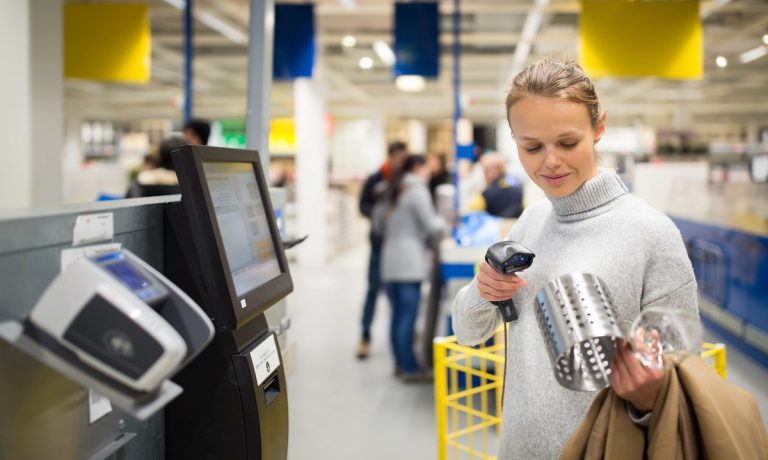
As much as the pandemic and societal circumstances have brought about an array of changes in the way we shop and transact, consumers themselves are also playing a driving role in redefining and reshaping the retail industry.
That means embracing a series of digitally enabled experiences that encourage shoppers to shape their journeys and express their growing preference for self-service kiosks, an irreversible shift is underway that is aimed at minimizing employee assistance and reducing friction from the shopping experience.
For “Today’s Self-Service Shopping Journey: The New Retail Expectation,” a PYMNTS and Toshiba collaboration, PYMNTS queried 2,000 U.S. consumers to find out their preferences for shopping channels as well as their interest in more technology-enabled, in-store shopping experiences. Those findings revealed that 80% of in-store shoppers stated that they would like to use non-traditional checkout options like self-service.
The data additionally highlighted that the consumers who favor self-service options see them as a fast and efficient alternative to the traditional checkout process. Sixty-seven percent of grocery customers list the speed of self-service checkouts as the reason they chose the option, compared to 65% of retail and 62% of pharmacy shoppers who say the same. Other reasons to choose a self-service kiosk at checkout is to avoid waiting in line, a preference for bagging products and better checks on pricing.
The PYMNTS’ research also found that customer experience features inspired by eCommerce are essential to consumers shopping in physical stores. Most want digital features to enhance their overall in-store shopping experiences when they shop using mobile or other smart devices. The ability to check the price of an item was the most cited device-enabled capability by 49% of customers who would improve the in-store shopping experience. Other desirable device-enabled capabilities included item finders (39%), easier access to discounts and coupons (39%) and inventory checks (38%).